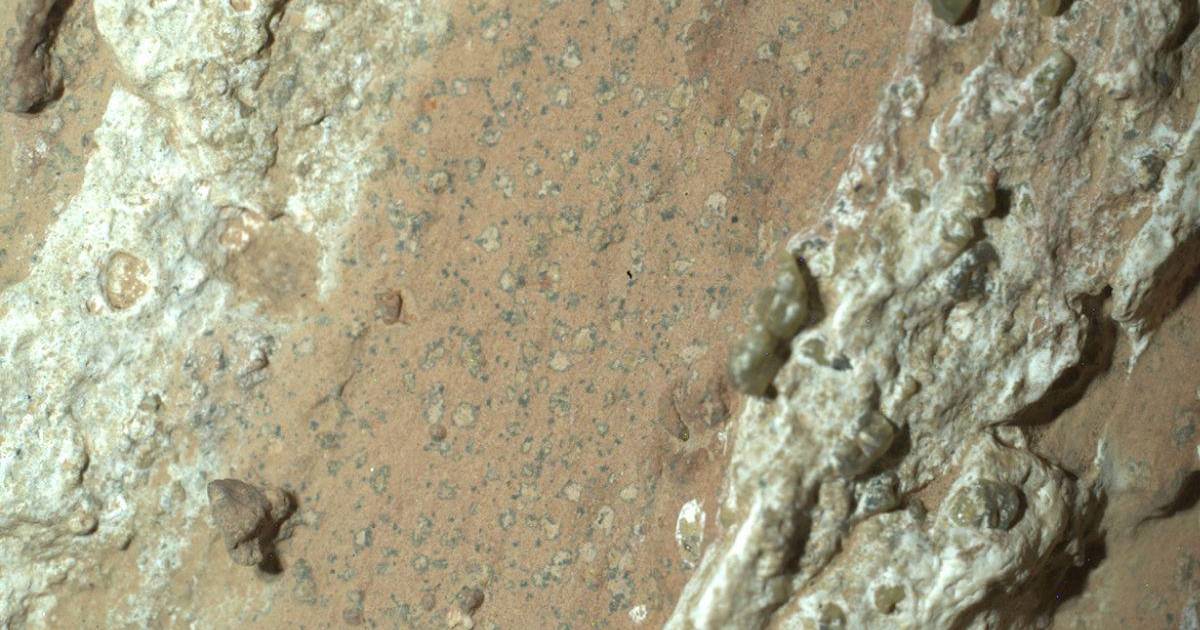This Monday night and Tuesday morning, thousands of fans watching the night sky were able to see it Meteor shower Tau HerculidasIt is produced when the Earth passes through the orbit of a fragmented comet.
The The comet is called SW3Discovered in 1930 by German explorers Arnold Schwarzman and Arno Arthur Watchman. It orbits the sun every 5.4 years.But it was so dim that I could not see it again until the late 1970s.
In 1995, astronomers realized that the comet had become 600 times brighter, and after further study, They learned that SW3 was broken into several pieces.
When SW3 crossed the Earth again in 2006, it broke again and has continued to disintegrate ever since. In 2009, NASA noted Some pieces move as fast as they can seeIt gives me hope that any of these remnants can still be noticed tonight.
According to NASA, up to 1,000 shooting stars could be produced per hour, if visible.
Where could you look?
Event Can be found in almost all North America. However, NASA has warned that the show will not be dazzling.
The best time to see it is 1am on the East Coast or 10pm on the West Coast. Also, since the moon is new, there will be no moonlight to cover the meteorites.
When does meteor shower occur?
About 30 meteors fall each year as the Earth travels through the orbit of a naked comet or asteroid.
Bill Cook, who runs NASA’s Meteorological Environment Office at the Marshall Space Flight Center in Huntsville, Alabama, explained that “meteorites are not unusual.”
“Earth is bombed every day by millions of pieces of planetary debris passing through our solar system,” he said in a statement.
Most particles are no larger than dust and sand. They strike the upper atmosphere at a speed of 45 miles per second and ignite.
However, the meteor shower Caused by debris from comets and asteroidsThis produces many more flashes and beams of light as the earth passes through the garbage field.
Why is there a risk of not seeing them
Debris from SW3 will hit the atmosphere Earth is much slower than other meteor showers and its speed Rather than the amount of debris, what debris hits, and thus the amount of rain.
But North American astronauts are paying extra attention this year because the Dow Hercules will be higher than the predicted peak in the night sky, and since it is the new moon, there will be no moonlight to cover the little ones.
“It’s all or nothing. If it’s rubbish SW3 traveled over 220 miles When they parted from the comet, a nice meteor shower could be seen. If the debris had a slow discharge speed, nothing would reach Earth and there would be no meteorites from this comet, ”Cook said.
The Dove Hercules rain alone was not seen this year. On July 28th and 29th, Delta Aquarius can be found very safely.
Also the Perseid meteor shower, the most popular of the year, peaks in the Northern Hemisphere between August 11 and 12 when the Moon is 13% full.



:max_bytes(150000):strip_icc()/WilliamLevy-9d1412ad3c01443498e58ed956f6242c.jpg)

